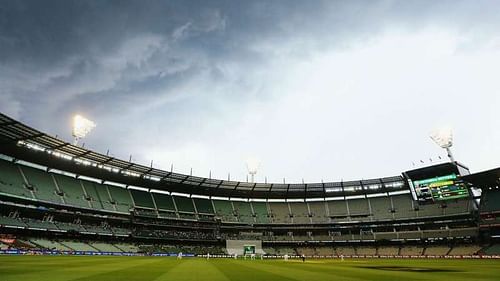
Cricket Australia braced for dissent from players after reports predict 50 percent drop in revenue

Cricket Australia (CA) is set to brace itself for another bout of pay dispute between players and the board. A financial forecast has predicted a 50 percent drop in revenue in the wake of the Coronavirus pandemic.
According to a report in the Sydney Morning Herald, Cricket Australia had expected a figure of $407 million before the outbreak of COVID-19. But after the pandemic wreaked havoc on all sporting action across the globe, CA estimates suggest the figure would halve to around $200 million.
A 50 percent reduction in revenue equates to the slashing of $56 million in player wages, and this is what has agitated the Aussie players.
Even India tour cannot salvage revenue
The players also feel that lack of detail in the presentation they received has further made the matters worse. Players are stunned that such a number could be presented, given Cricket Australia’s 90 percent confidence in having Virat Kohli’s Indian Test side on their shores in the next season.
India is scheduled to play four Tests, three T20Is and three ODIs Down Under. Any tour involving India translates into huge revenues, and therefore, it comes as a shocker that even India’s tour to Australia might not help Cricket Australia recover the costs.
Reduced revenues for Ashes and T20 WC
Cricket Australia has also predicted reduced revenue for the 2021-22 season, in which England will tour for the Ashes. The season also includes the T20 Cricket World Cup, which is all set to be postponed from the original time-frame of October.
The players, who fought hard with CA in 2017 to win a revenue-share model, are on their toes over the developments.
The pay dispute of 2017
For over 10 months in 2017, there were constant disagreements between Cricket Australia and its players. The Australian players had even threatened to call off the Ashes series scheduled to be held in their own backyard.
The point of disagreement was the revenue sharing model, which according to the board was outdated, but the players thought it was something that should be kept in place for the game to prosper in the future.
As a result, 230 players were left without contracts, and remained unemployed from July 1, 2017 till the time a new contract was signed. Eventually, after 10 months of the conundrum, the two parties gave the nod to a ‘modernised revenue sharing model’, reaching a mutual agreement.